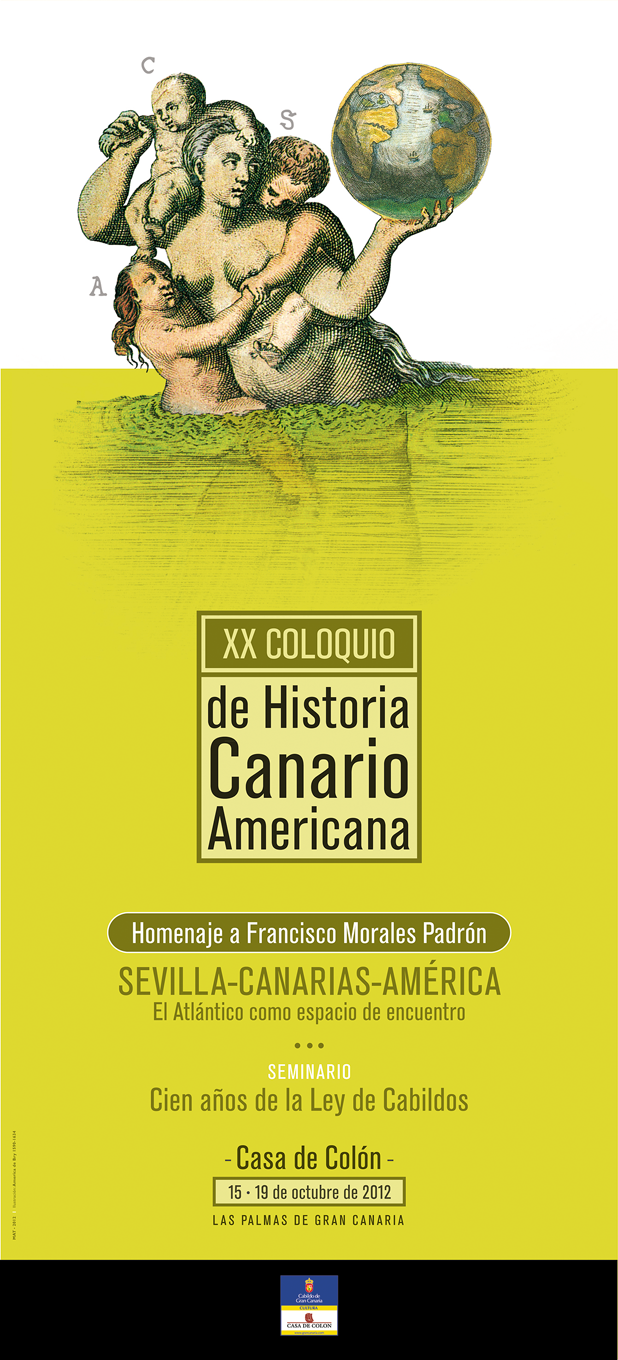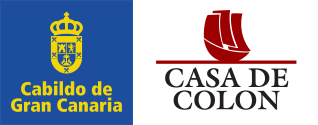Sevilla, Gran Canaria y las Indias en el siglo XVI / Seville, Gran Canaria and the West Indies in the XVI Century
Palabras clave:
Sevilla, Islas Canarias, América, emigración, comercio, Seville, Canary Islands, America, emigration, commerceResumen
Las relaciones entres estos tres puntos geográficosse fueron sucediendo a lo largo del siglo XV, paraluego afianzarse y desarrollarse a lo largo del siglo.Desde fines del siglo XVI, en época de Enrique IIIde Castilla, Sevilla fue el punto desde el cual seorganizaron distintas razias al archipiélago canario,con la capturas de cientos de esclavos que fueronsubastados en pública almoneda en el mercadohispalense. En el siglo XV fue también la ciudad delBetis escenario de diversos asuntos que tenían quever con las islas, entre ellos el hecho de que fueranunos señores andaluces, residentes en Sevilla, losque a la postre se hicieran señores de Canarias.En el último tercio de la centuria fue tambiénSevilla escenario de los preparativos que tuvieronpor objeto la conquista de Gran canaria, con reclutade hueste y compra de armas y mantenimientos. Ala conclusión de la empresa militar los contactos,tanto humanos como mercantiles, entre la ciudadandaluza y la isla de Gran Canaria fueroncontinuos, pues la necesidad de la ínsula hizoimprescindible acudir a aquel mercado en busca delos elementos necesarios para la crecientepoblación. También desde Sevilla llegaron losprimeros mercaderes y banqueros que invirtieronsus capitales en la incipiente industria azucarera.A pocos años de concluirse la conquista,consolidados ya los lazos entre la isla y la ciudadhispalense, la isla es testigo presencial de la flotadescubridora que lleva al mando Cristóbal Colón.Abierto el camino en este primer viaje, Canarias yGran Canaria en particular, por la primera de lasislas realengas en ser conquistadas, se convertirá enun punto intermedio crucial de las relacionessevillanas con las Indias recién descubiertas.
The relations among these three geographicalpoints succeed during the 15th developed throughthe century. From the end of the 16th was thestarting point of organized raids to the CanarianArchipelago, capturing hundreds of slaves thatwere auctioned in public sale in the Sevillianmarket. During the 15th scenery of differentmatters than had something to do with the Islands,among them the fact that there were Andalusiannobles, residents in Seville, the ones that later onwere made Lords of the Islands.In the last third of the century was also Seville thescenery of the preliminaries for the conquest ofGran Canaria, with the recruitment of host and thepurchase of arms and maintenance. At the end ofthe military campaign, the contacts, humans andcommercials, between the Andalusian city and theisland of Gran Canaria were constant, because ofthe necessity of the island of supplying in thatmarket due to the growing population. FromSeville as well arrived the first merchants andbankers that inverted their capital in the early sugarindustry.Few years before the end of the conquest,strengthened the links between the island andSeville, Gran Canaria is eyewitness of thediscovery fleet leaded by Christopher Columbus.Once opened the route in this firs trip, the CanaryIslands and Gran Canaria in particular, by being thefirst of the crown of Castile islands to beconquered, will become a decisive halfway point inthe relationships between Seville and the justdiscovered West Indies.




